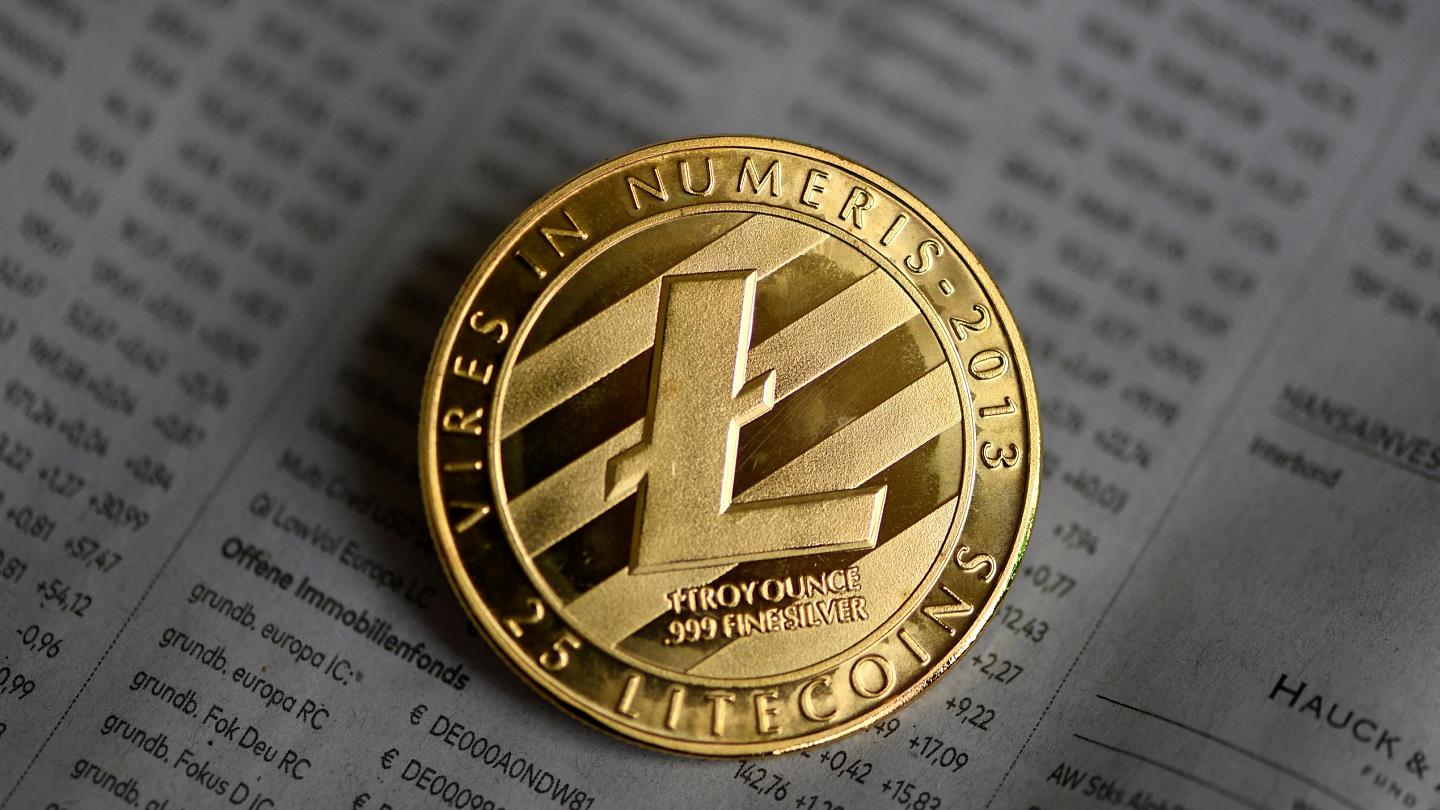In recent years, the world has witnessed a significant rise in the popularity of cryptocurrencies and decentralized finance (DeFi). These innovative technologies have revolutionized various industries, and the fitness industry is no exception. DeFi payment systems have emerged as a game-changer for fitness centers and gyms, offering a secure, efficient,...
Handling Cryptocurrency Payment Disputes in Fitness Studios
Cryptocurrency has gained significant popularity in recent years, and many fitness studios have started accepting digital currencies as a form of payment. While this offers convenience and flexibility to both the studio and its customers, it also introduces the possibility of payment disputes. In this comprehensive guide, we will explore...
The Benefits of Cryptocurrency for Fitness Businesses
Cryptocurrency has emerged as a revolutionary form of digital currency that operates on decentralized networks known as blockchains. Unlike traditional fiat currencies, such as the US dollar or Euro, cryptocurrencies are not controlled by any central authority, such as a government or financial institution. Instead, they rely on cryptographic technology...
Accepting Cryptocurrency Payments in Fitness Studios
In recent years, the fitness industry has witnessed a significant rise in the adoption of cryptocurrency as a form of payment. Cryptocurrency, such as Bitcoin and Ethereum, has gained popularity due to its decentralized nature and the potential for secure and anonymous transactions. This comprehensive guide aims to provide fitness...
How Can I Accept Crypto Payments for My Gym Business?
In recent years, cryptocurrencies have gained significant popularity and have become a mainstream form of payment. With the rise of digital currencies such as Bitcoin, Ethereum, and Litecoin, businesses across various industries are exploring the potential benefits of accepting crypto payments. Gym businesses, in particular, can leverage this emerging trend...
What is Cryptocurrency? -A Step-By-Step Beginner’s Guide
If you've stumbled upon the term and aren't sure what it means, don't sweat. You're not the only one. While we're most often taught to think in terms of physical money when we hear the word "currency," cryptocurrency doesn't necessarily work that way. Cryptocurrency is a digital type of currency...
Everything about Litecoin
Litecoin is a cryptocurrency. That means, it's an anonymous transfer of value, secured by cryptography. It was introduced as open source software in 2011 by former Google employee Charlie Lee to enable trading between people without using banks or similar institutions which charge fees. Litecoins are generated through mining, just...






